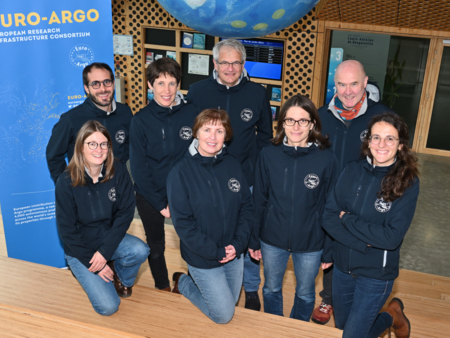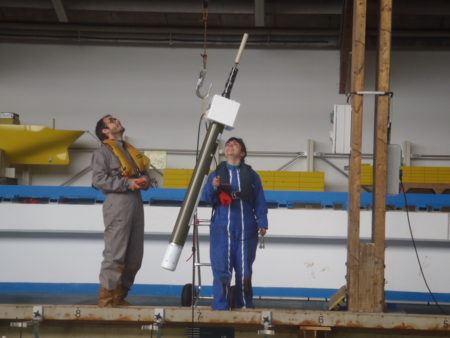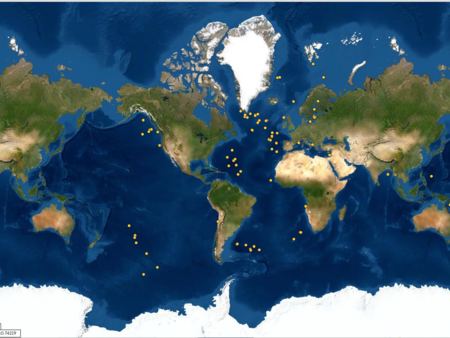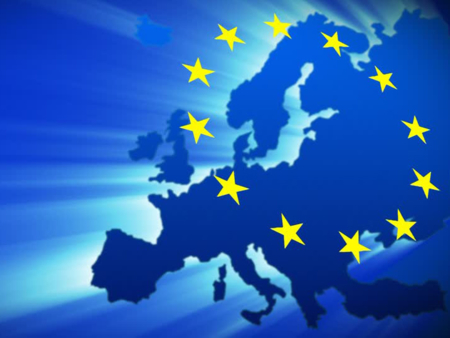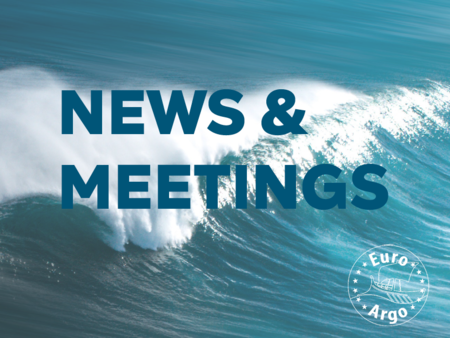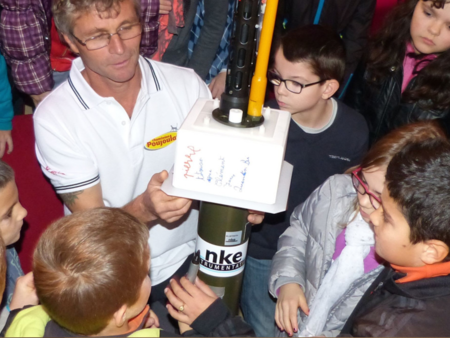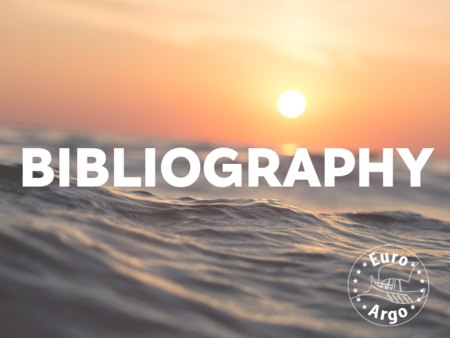Float recovery: towards an organized approach at European level
Within the last three months, ten Argo floats were recovered at sea by research vessels of the European fleet or by ships of opportunity. The web portal https://floatrecovery.euro-argo.eu/ launched by Ifremer and Euro-Argo a year ago showed its full potential to plan and facilitate those recovery operations.
Since the beginning of the Argo program, floats have been recovered at sea by Argo operators for various reasons, mainly linked to technical research and developments aspects. However, a more systematic approach of float recoveries has never really been questioned. Indeed, one way Argos communications still widely in use a few years ago and the cost of at sea operations made such operations prohibitive.
A new recovery web portal
With the rise of 2-way satellite communications and of the BGC network among the European Argo fleet, it now becomes more and more interesting to recover floats at sea. Iridium technology makes it simple to pilot a float into “recovery mode” at the surface and GPS allows a very precise location of the drifting instrument. As floats are getting equipped with additional sensors within the BGC networks, they also get more valuable to recover both in terms of science and of technical and economic purposes. Based on those considerations and to answer a growing demand, Euro-Argo and Ifremer teamed up to launch mid-2021 a light web portal in order to facilitate float recoveries, both for Argo teams on land and at sea.
The idea was to provide a tool to plot and visualize the targeted floats to recover so that Argo operators could plan an Argo recovery days in advance and that maritime/scientific crew at sea could use the portal on-board to locate the float in real time. The lightness of the web application makes it usable with a low internet bandwidth or with a mobile phone. Floats locations decoded using fast processing at Coriolis GDAC are displayed on map or in text format. Recently the real-time positioning of the French research vessels has also been made available so as some basic geographic tools.
Regular oceanographic cruises such as MOOSE in the Mediterranean region or PIRATA in the Gulf of Guinea now regularly recover Argo floats using the web portal. The recent recovery in March 2022 of BGC float WMO 6904139 by the PIRATA FR32 cruise is a perfect example as shown in the following video.
Unprecedented recovery by the private sector
But research vessels are not the only actors in float recovery operations, as the web portal is on open access, guidance to float recoveries may also be given to third party operators in order to recover floats at sea. Such collaboration was shown with the latest ship of Ponant cruise company, le Commandant Charcot. As part of a science collaboration with Ponant, the vessel captain agreed mid-april to allow some transit time for the recovery of an Euro-Argo RISE prototype float West of Canary islands. As the float was running out of batteries, the Commandant Charcot managed to pick it up in a fresh breeze as shown in the following video.
Altogether, no less than ten floats were declared through the web interface and recovered since March this year in the Atlantic North and South and in the Gotland Basin thanks to strong links with Leibniz Institute for Baltic Sea Research Warnemünde.
All Euro-Argo users interested in using the web portal may contact the Float Recovery Group.

